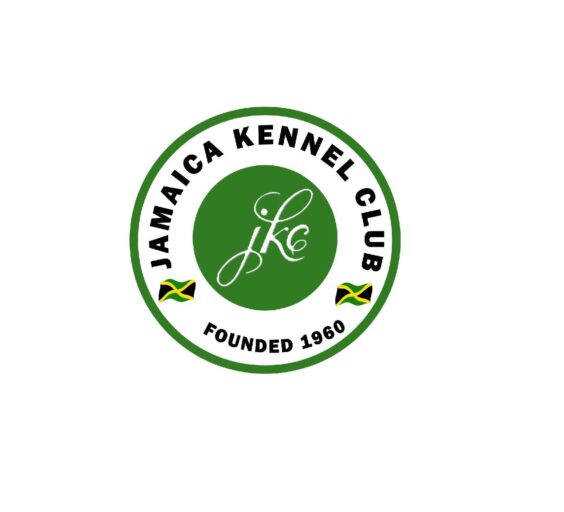- (876) 810-1888
- admin@jakennelclub.com
- 11a Eastwood Avenue, Kingston
A breed standard is a set of guidelines which is used to ensure that the animals produced by a breeder conforms to the specifics of the standardized breed.
Breed standards are devised by breed associations or breed clubs, not by individuals, and are written to reflect the use or purpose of the species and breed of the animal. Breed standards help define the ideal animal of a breed and provide goals for breeders in improving stock. In essence a breed standard is a blueprint for an animal fit for the function it was bred – i.e. herding, tracking etc. Breed standards are not scientific documents, and may vary from association to association, and from country to country, even for the same species and breed. There is no one format for breed standards across all species, and breed standards do change and are updated over time.
Breed standards cover the externally observable qualities of the animal such as appearance, movement, and temperament. The exact format of the breed standard varies, as breed standards are not scientific documents and change as the needs of the members of the organization which authors them change. In general, a breed standard may include history of the breed, a narrative description of the breed, and details of the ideal externally observable structure and behavior for the breed. Certain deviations from the standard are considered faults. A large degree of deviation from the breed standard, an excess of faults, or certain defined major faults, may indicate that the animal should not be bred, although its fitness for other uses may not be impeded by the faults. An animal that closely matches (conforms to) the breed standard for its species and breed is said to have good conformation.
